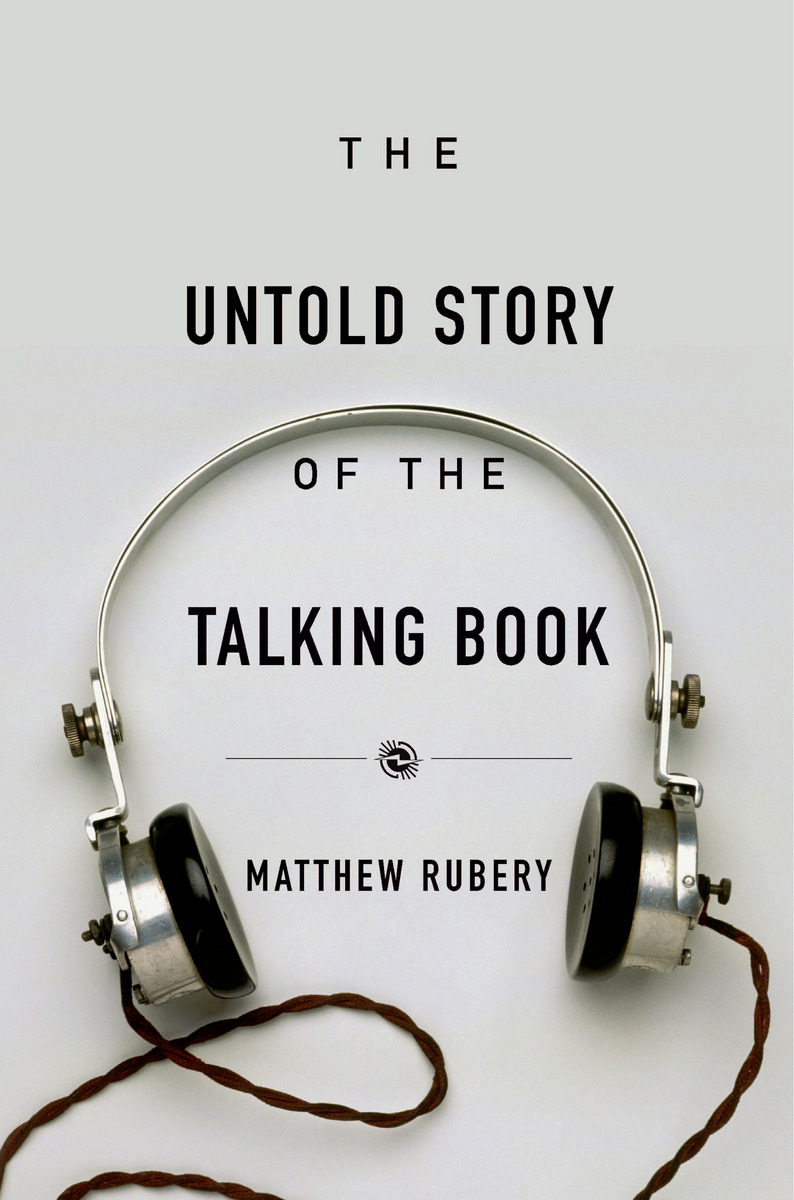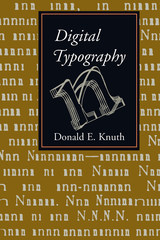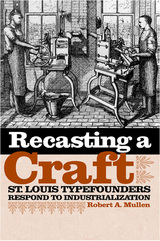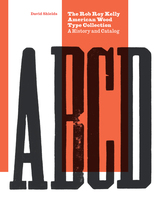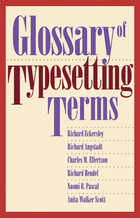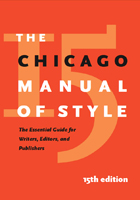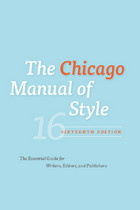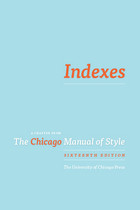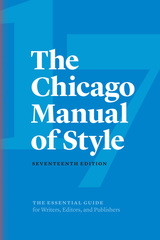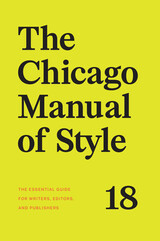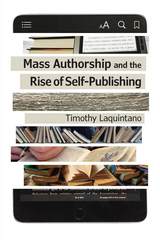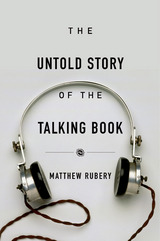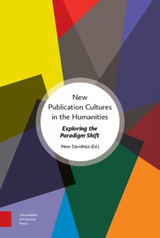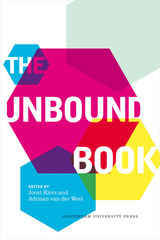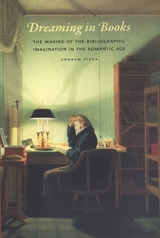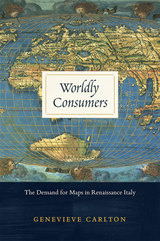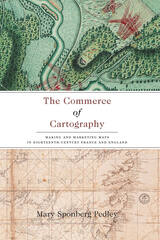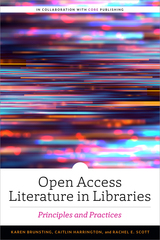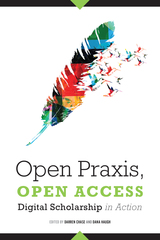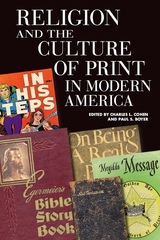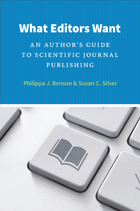A detailed, lively, and well-peopled history of the technologies, economies, and organizations that have driven the recording of novels over the last 150 years…What class and ethnicity are narrators to have, and how present should they be as personalities? Is reading mostly for pleasure or education? Do blind people need books that mention disability—or are these to be studiously avoided? Should blind war veterans be provided with pornography to listen to? These are just some of the debates that surface in the archives Rubery has so elegantly plumbed.
-- Christina Lupton Los Angeles Review of Books
As this entertaining exploration shows, the story of audiobooks is as full of surprising and serendipitous turns as any engrossing work of fiction—whether read on the page or heard through headphones.
-- Isabel Berwick Financial Times
If audiobooks are relatively new to your world, you might wonder where they came from and where they’re going. And for general fans of the intersection of culture and technology, The Untold Story of the Talking Book is a fascinating read.
-- Neil Steinberg Chicago Sun-Times
Rubery’s engaging and important monograph fills a significant gap in the debate. It asks us to consider what reading, in a literary context, really means, without falling back too readily on the physical activity.
-- Dennis Duncan Times Literary Supplement
Rubery’s book is the more important, then, for rescuing an occluded story and one that is easily forgotten…The Untold Story of the Talking Book is lucidly researched and written.
-- Paul Keegan The Spectator
Perhaps unsurprisingly, the world's biggest bookseller, Amazon, is now the largest producer of audiobooks, via its subsidiary Audible. Whether in future we will be read to by humans or robots appears immaterial. What is certain is that we will continue to derive pleasure from it, and Rubery—who sees audiobooks as a distinctively modern art form—makes a convincing case for why we should.
-- René Wolf Times Higher Education
This peculiarly fascinating history takes us from the origins of the talking book, designed to entertain and help to rehabilitate blinded first World War veterans, through to the competitive big business of audiobooks today.
-- Nora Mahoney Irish Times
[Rubery] explores 150 years of the audio format with an imminently accessible style, touching upon a wide range of interconnected topics…Through careful investigation of the co-development of formats within the publishing industry, Rubery shines a light on overlooked pioneers of audio…Rubery’s work succeeds in providing evidence to ‘move beyond the reductive debate’ on whether audiobooks really count as reading, and establishes the format’s rightful place in the literary family.
-- Mary Burkey Booklist (starred review)
[A] fascinating cultural and sociological study of the emergence of talking books from wax cylinders to Audible.
-- Jaipreet Virdi Technology and Culture
Matthew Rubery makes good on his title’s promise, telling a story that until now has been boxed up in the archives, and filling in a key chapter in the history of books and readerships. This book is more focused and more thorough than any other in the field—as well as more interesting—and is likely to stand as the definitive history of audiobooks for some time.
-- James English, University of Pennsylvania
Matthew Rubery has scored a decisive contribution to the history of recorded literature in this magisterially researched and compelling book. There is something new on every page, with all the facts and factoids at once apt, eye-opening, and revisionary.
-- Garrett Stewart, University of Iowa
